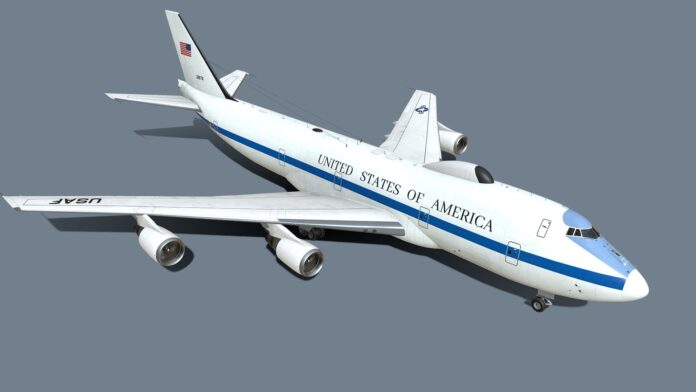The U.S. Air Force announced on Friday the awarding of a $13 billion contract to Sierra Nevada Corp for the development of a successor to the iconic E-4B, widely known as the “Doomsday plane” for its capability to endure nuclear warfare. The project, named Survivable Airborne Operations Center (SAOC), aims to replace the aging fleet of E-4B aircraft, which dates back to the 1970s and is nearing the end of its service life, stated an Air Force spokesperson.
The SAOC development will be conducted across facilities in Colorado, Nevada, and Ohio, with a projected completion date of 2036, according to the Air Force. The new system will be based on a commercial derivative jet that will be hardened and customized to meet military specifications.
Also Read: Tornadoes Leave Trail of Destruction Across Nebraska, Minden
Boeing, previously in the running for the project, was eliminated from competition by the U.S. Air Force.
The E-4B, colloquially known as the “Nightwatch,” serves a critical role as a mobile command center, capable of surviving nuclear blasts and electromagnetic interference. Its primary function is to enable U.S. leaders to communicate with the military during national emergencies. Equipped with mid-air refueling capabilities, conference rooms, and advanced communication systems, the E-4B plays a vital role in ensuring national security.
Currently, the Air Force operates four E-4B aircraft, with at least one kept on alert status at all times. However, maintaining these highly-modified Boeing 747-200 jumbo jets has become increasingly challenging and costly as spare parts become scarce.
The awarding of this contract marks a significant step forward in ensuring the readiness and effectiveness of the U.S. Air Force’s strategic command and control capabilities in the face of evolving threats and technological advancements.



